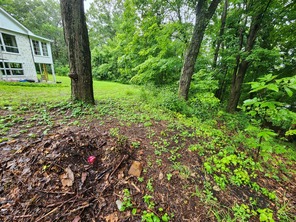 I've taught about composting in my biology classes and this year I decided to build a compost pile a short distance from a door off my kitchen. I've known that the key to composting is maintaining the right balance of carbon and nitrogen decomposing materials. Carbon-rich items are referred to as “browns”; Nitrogen-rich items are referred to as “greens”. The browns and greens get layered, one on top of the other. What is compost?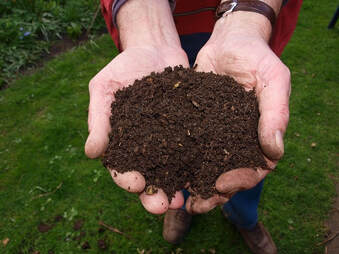 Compost is a mixture of ingredients used as plant fertilizer and to improve soil's physical, chemical, and biological properties. It is commonly prepared by decomposing plant and food waste, recycling organic materials, and manure. Compost improves soil fertility. How I created my compost pile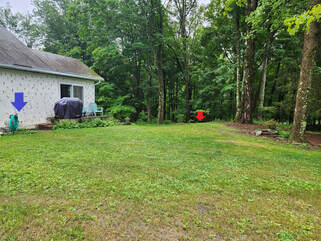 I chose a place to put my compost pile that is relatively flat, close enough to my kitchen to be convenient, but far enough away to not be an eye-sore. It is also close to the hose and spigot! (Blue arrow is the location of the spigot / hose; Red arrow is the location of the compost pile.) Next, I decided how I would collect and store my browns and greens. Initially, I cut up a bunch of newspaper, toilet paper and paper towel roles, and other brown paper. But then I realized that was a waste of time because I live among the trees and they produce lots of "ready-made browns" each fall! 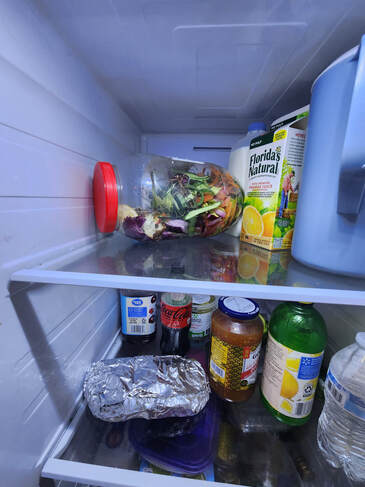 As for the greens, I decided to collect and store plant-based wastes in a container in my fridge. 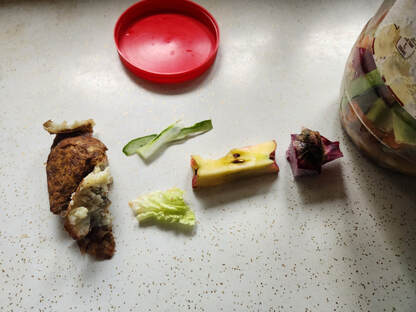 I cut up some greens smaller than others!! Smaller pieces should decompose faster. 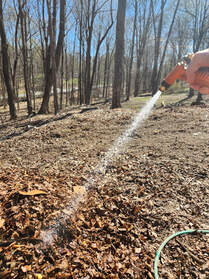 I started the compost pile with a 4-6” layer of leaves (browns). They absorb extra liquids, elevate the pile, and encourage air circulation. Next, I layered greens and browns like lasagna. I added water to dampen the pile as I made layers. 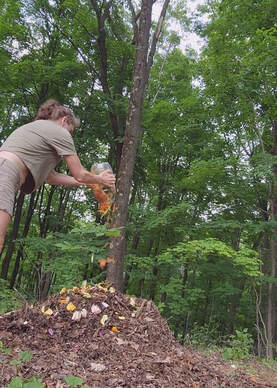 I try to keep the volume of browns to greens at about 3:1. (I just visually guestimate this!) When I get a full container of food scraps (every 4-7 days) I dump them on the pile and mix them in with a garden fork. I try to cover the greens with about 4-8” of browns. 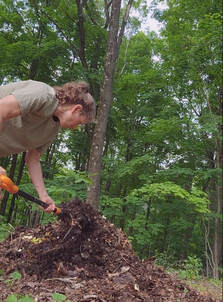 To ensure air circulation, I turn the compost. I do this whenever I add a container of green waste, so about every week. When the weather is dry, I wet the pile so it has the consistency of a wrung-out sponge. If there is a lot of rain, I turn the pile more regularly and add some additional dry leaves. Hot makes it rot!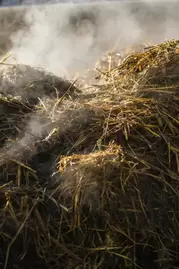 As the materials in a compost pile begin to rot, its temperature will initially begin to rise. A home-based compost can reach temperatures of 130° to 160° F. Temperatures between 90-140°F are usually considered ideal. A temperature of 130-135°F is hot enough to efficiently kill off most pathogens, fly larvae, and weed seeds. High temperatures help reduce the presence of pathogens and weeds. 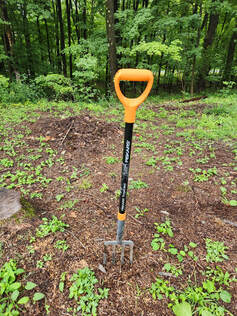 Using a garden fork to turn and mix the pile periodically helps speed up the decomposition process and aerate the pile. 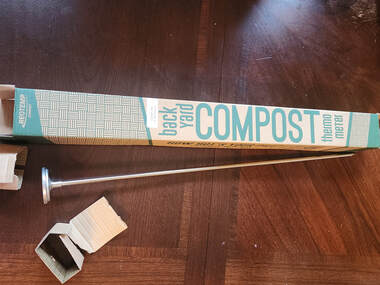 It's a good idea to monitor the compost for temperature, moisture, and odor, and make adjustments as needed. Decomposition will be slow if the pile is too cool or too dry. Remedy it by adding greens and turning the pile. If the compost is too wet, there may be a bad odor or poor air circulation. Address that problem by adding browns and turning the pile. (I bought a compost thermometer on Amazon.) Using homemade compost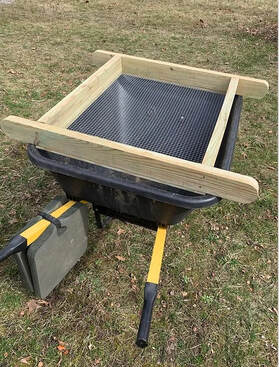 A pile that no longer heats up after mixing and no longer has visible food scraps can be allowed to cure, or finish, for at least four weeks before use. If some larger items didn't break down, they can be screened or sifted out with garden seive (pictured). Items like twigs, fruit pits, and eggshells may take longer to break down. They can be added back into an active pile or to a newly created pile.
Non-Plant-Based Wastes Are Challenging to Compost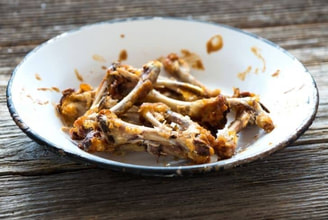 Home composting may not achieve high enough temperatures to break down some materials. Wastes that are generally not added to a home compost pile are meat, fish, bones, dairy products, pet litter, produce stickers, fats/oils/greases, paper with gloss, inorganic dyes or glue, treated or painted wood, aggressive weeds/seeds, diseased/herbicide treated plants. 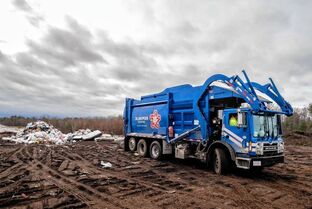 Meat and dairy, as well as fats, present challenges that many “casual composters” aren’t prepared to handle. Those are typically thrown into the trash where they end up in a landfills. Meat, dairy, and fats decompose into methane, which is a climate super pollutant that directly contributes to global warming. Encouraging the decomposition of those animal waste products at home requires more attention and work than plant-based wastes. If you are up for the challenge: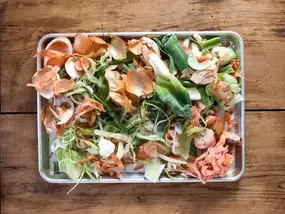 If you have been successful managing the appropriate ratio of browns to greens in a compost heap for at least a year, you can try composting cooked plant-based foods. Often, there is added fat, butter, or meat products in cooked vegetables. Composting those leftover scraps is a good way to try composting animal-based foods. 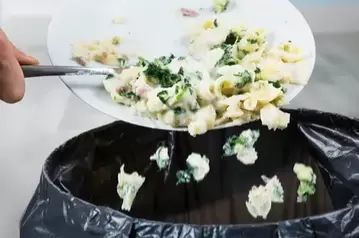 If you are successful at composting cooked veggies, consider adding cooked rice, pasta, and bread to the pile. Cooked foods may attract scavengers more readily than uncooked foods, but each composting situation is different. 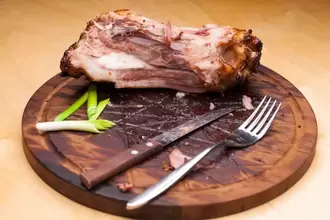 If you can successfully compost cooked foods in a hot, well-aerated compost pile, you could try adding meat. It is important to pre-cook raw meat scraps to kill salmonella and other dangerous bacteria. For best results, chop or puree meat scraps to help them mix in and break them down. Composting cooked foods requires more attention. To keep the pile scavenger / pathogen-free:
Microbes / Other Methods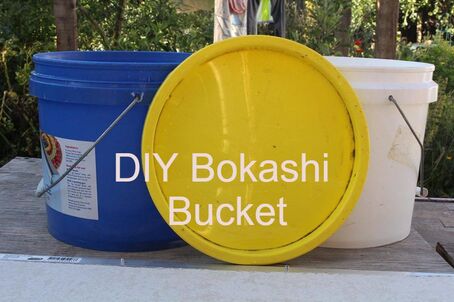 Other methods for breaking down proteins include fermentation systems and biodigesters. Bokashi Bins (a type of anaerobic fermenting system) uses bacteria in an airtight container to break down meat and dairy scraps. The resulting compost is more acidic than regular compost. The term Bokashi is a Japanese word that means “fermented organic matter.” Bokashi Bins pickle wastes before they turn them into a liquid. Biodigesters also break down animal-based wastes. They can use either anaerobic or aerobic microbes. Table scraps INCLUDING fat, greases, and animal manure, can be processed in a biodigester. Here is one! Pest and Odor free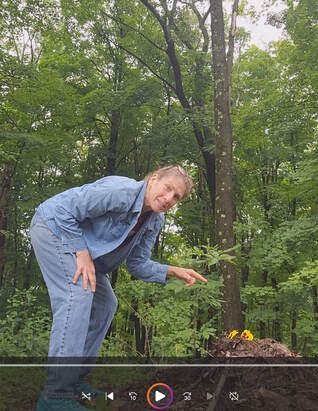 I have not needed to use a bin or reinforce my pile with sides, floors, or a lid. There hasn't been noticable pest or rodent activity at my compost pile since I began it in March 2023. Plus, there is no detectible smell--even when you are standing right next to it. I do strive to maintain the proper ratio of three parts carbon-rich material (browns) to one part nitrogen-rich material (greens). keeping it simple in pleasant valley!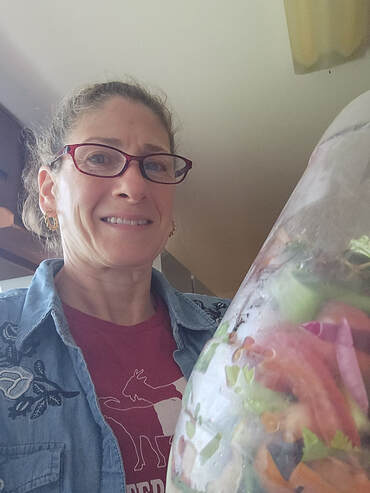 Although I include cooked vegetables (which may have some oil or butter on them), as well as some rice, pasta, and bread, my compost pile is mainly plant-based. My immediate plan is to filter out some of the larger items (sticks, avacado pits, fruit rinds, pineapple tops, the bottoms of celery stalks, etc.) and keep them in a long-term pile so that the smaller, decomposed items can cure and be used as a soil amendment. compost and humus are soil amendments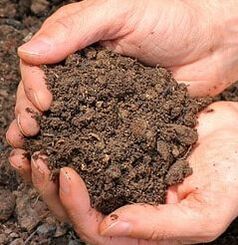 Compost is beneficial to soil because it is rich in organic materials that are in the process of decay. The end product after the organic matter has been decomposed is called humus. Humus contains the most basic chemical elements which are important nutrients for the soil and organisms that depend on soil for life, such as plants. One of the most important nutrients that humus contains is nitrogen, which is key for most plants. Humus is a thick brown or black substance. When it is in soil, the soil will crumble, so air and water can move easily through it and oxygen can reach the roots of plants. The humus aids in soil fertility as well as helps prevent disease in plants. Earthworms help mix it with minerals in the soil. 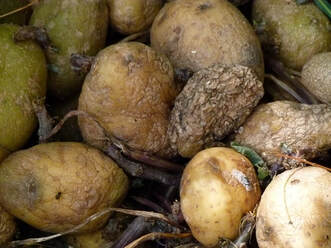 People can aid the process of returning nutrients to the soil through composting. The decaying organic material in compost will decay further and become humus. spread mulch on top of soil
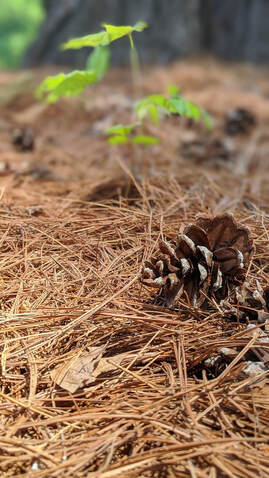 Food growers might prefer to mulch their growing areas with more budget-friendly mulches like leaves, pine needles, grass clippings, or straw. An annual cover crop or a perennial ground cover, if grown for mulching purposes, could be called a “living mulch”. Some farmers mulch their growing areas with compost, and then allow decay to integrate the extra organic matter into the underlying soil over time. teach about compostingComposting is nature’s way of recycling. By encouraging the natural decomposition of home-wastes, those who compost reduce trash that would otherwise go to landfills or incinerators. That is a powerful way to limit greenhouse gasses that contribute to climate change. 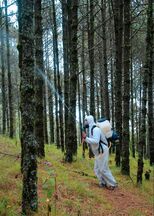 Creating a compost / soil amendment takes minimal effort, equipment, expense, or expertise. In fact, it helps eliminate the need to purchase compost, fertilizer, and pesticides. By building healthier soil, erosion is prevented, water is conserved, and plant growth is increased. Composting can even be fun! 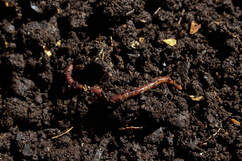 Backyard composting can be done in a purchased or homemade bin, or simply in a pile. Worm composting, or vermicomposting, can be done in a bin indoors or out. Some locales even have community-based composting programs which collect food scraps or have a designated location where they can be dropped off. Instruction about composting is standard fare in most Ecology units and classes. Here are some supplemental activities that could be incorporated into your instruction. You could even try making compost with your students!
0 Comments
|
AuthorGertrude Katz has spent over 30 years teaching K-12 public school students all major subjects. She has taught biology and education at the college level. The majority of her career has been spent instructing biology at the secondary level. Categories
All
|
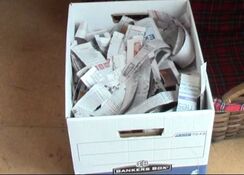
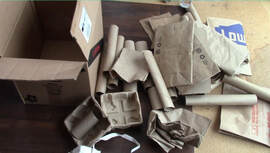
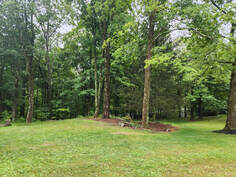
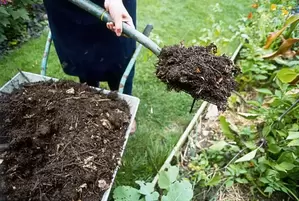
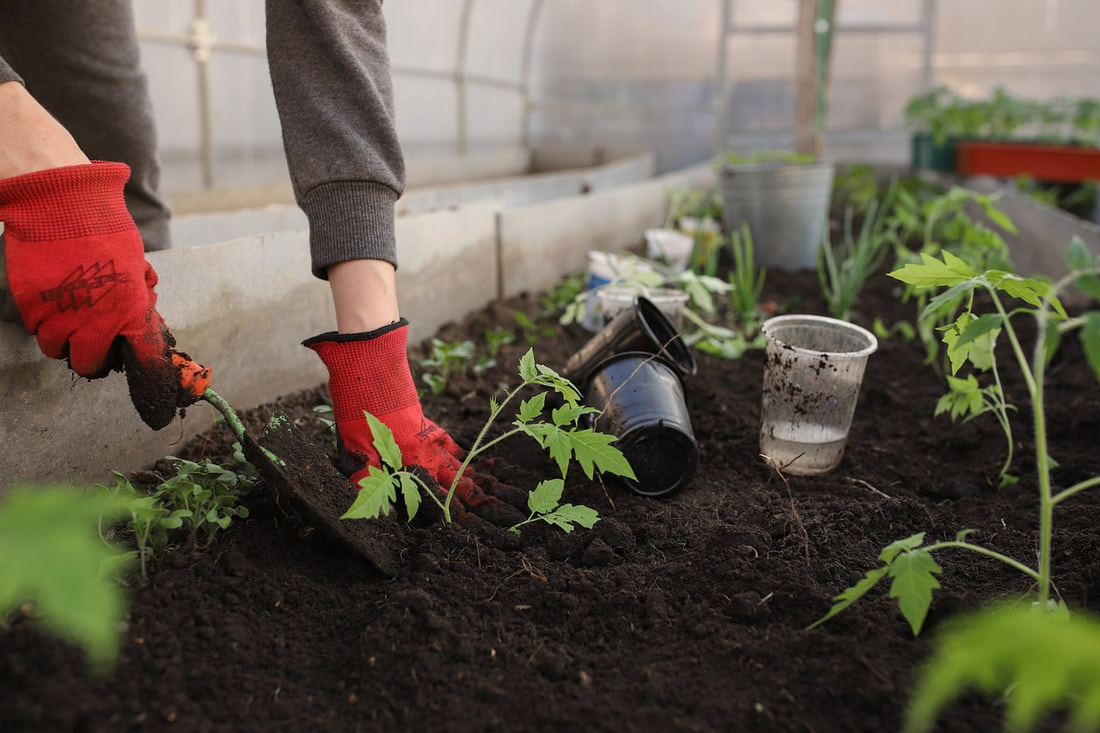
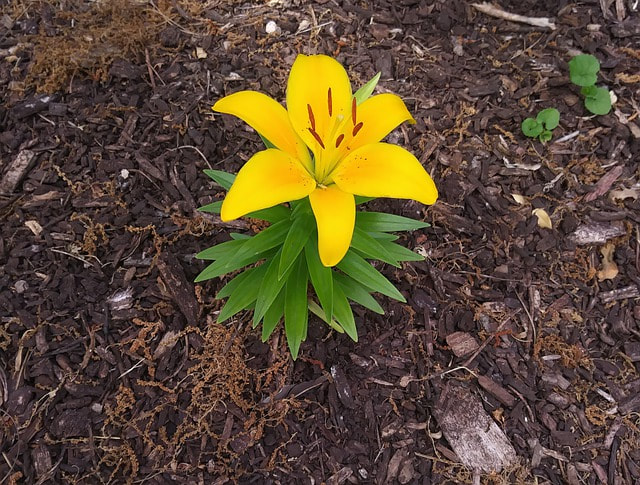
 RSS Feed
RSS Feed